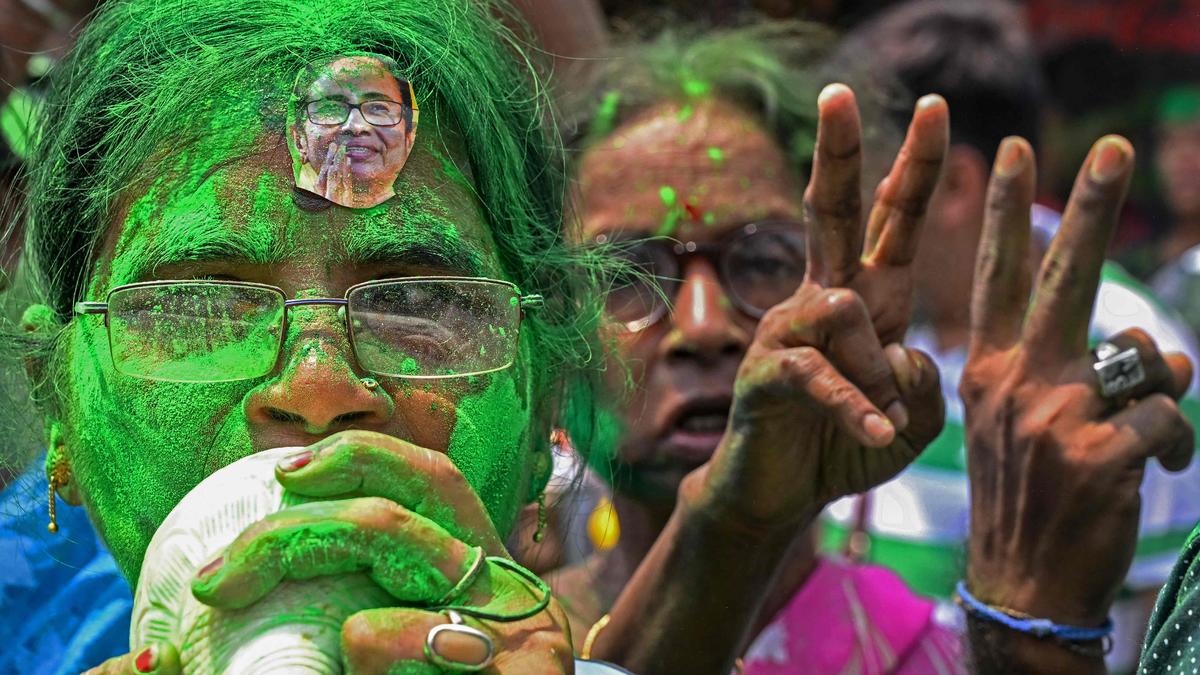
Is it time for proportional representation? | Explained
The Hindu
The Hindu discusses whether proportional representation in electoral democracies will work in a large and diverse country like India.
The story so far:
The results of the Lok Sabha elections were declared last week. The ruling National Democratic Alliance (NDA) has won 293 seats with a 43.3% vote share while the Opposition bloc INDIA (including Trinamool Congress) has secured 234 seats with a 41.6% vote share. Other regional parties and independents polled around 15% but ended up with only 16 seats in total.
We follow the First Past the Post System (FPTP) in our elections to the Lok Sabha and Legislative Assemblies. Under this system, the candidate who polls more than any other in a constituency is declared elected. This is the system that is followed for elections in democracies like the U.S., the U.K. and Canada. The primary advantage of the FPTP system is that it is simple and the most feasible method in a large country like India. Secondly, FPTP provides greater stability to the executive in our parliamentary democracy because the ruling party/coalition can enjoy a majority in the Lok Sabha/Legislative assembly without obtaining majority of the votes (more than 50%) across constituencies.
The issue with FPTP is that it may result in over or under representation of political parties when compared to their vote share. In the first three elections after independence, the Congress party won close to 75% of seats in the then Lok Sabha with a 45-47% vote share. Table 1, depicts a sample of this scenario after the general elections of 2014 and 2019.
The Proportional Representation (PR) system ensures representation of all parties based on their vote share. The most commonly used PR system is the ‘party list PR’ where voters vote for the party (and not individual candidates) and then the parties get seats in proportion to their vote share. There is usually a minimum threshold of 3-5% vote share for a party to be eligible for a seat. India is a federal country and this principle if implemented should ideally be carried out at each State/Union Territory (UT) level. The scenario as it would have played out after the 2024 election results based on applying the PR system at each State/UT level is summarised in Table 2.
As can be seen, the PR system would have resulted in representation of parties according to their vote share. For example, in Gujarat, Madhya Pradesh and Chhattisgarh, totalling 66 seats, the NDA won 64 seats with a vote share of 62%, 60% and 53% respectively. Under the PR system, the INDIA bloc would have secured 23 seats in these States. The Biju Janata Dal (classified in ‘Others’) with a 42% vote share in Odisha would have secured nine seats as against no representation at present under the FPTP system. Similarly, the NDA and the All India Anna Dravida Munnetra Kazhagam (classified in ‘Others’) would have had representation in Tamil Nadu where the INDIA bloc secured all 39 seats with a 47% vote share under the FPTP system.
The main criticism against the PR system is that it could potentially result in instability as no party/coalition may obtain a majority to form the government in our parliamentary democracy. Further, it may result in the proliferation of political parties based on regional, caste, religious and linguistic considerations that may promote casteist or communal voting patterns. However, the second criticism is not well founded since the present FPTP system has also not inhibited the formation of parties based on caste or communal considerations. This issue can be addressed by specifying minimum threshold for votes polled in order to make a party eligible for seats in legislative houses.





















 Run 3 Space | Play Space Running Game
Run 3 Space | Play Space Running Game Traffic Jam 3D | Online Racing Game
Traffic Jam 3D | Online Racing Game Duck Hunt | Play Old Classic Game
Duck Hunt | Play Old Classic Game











